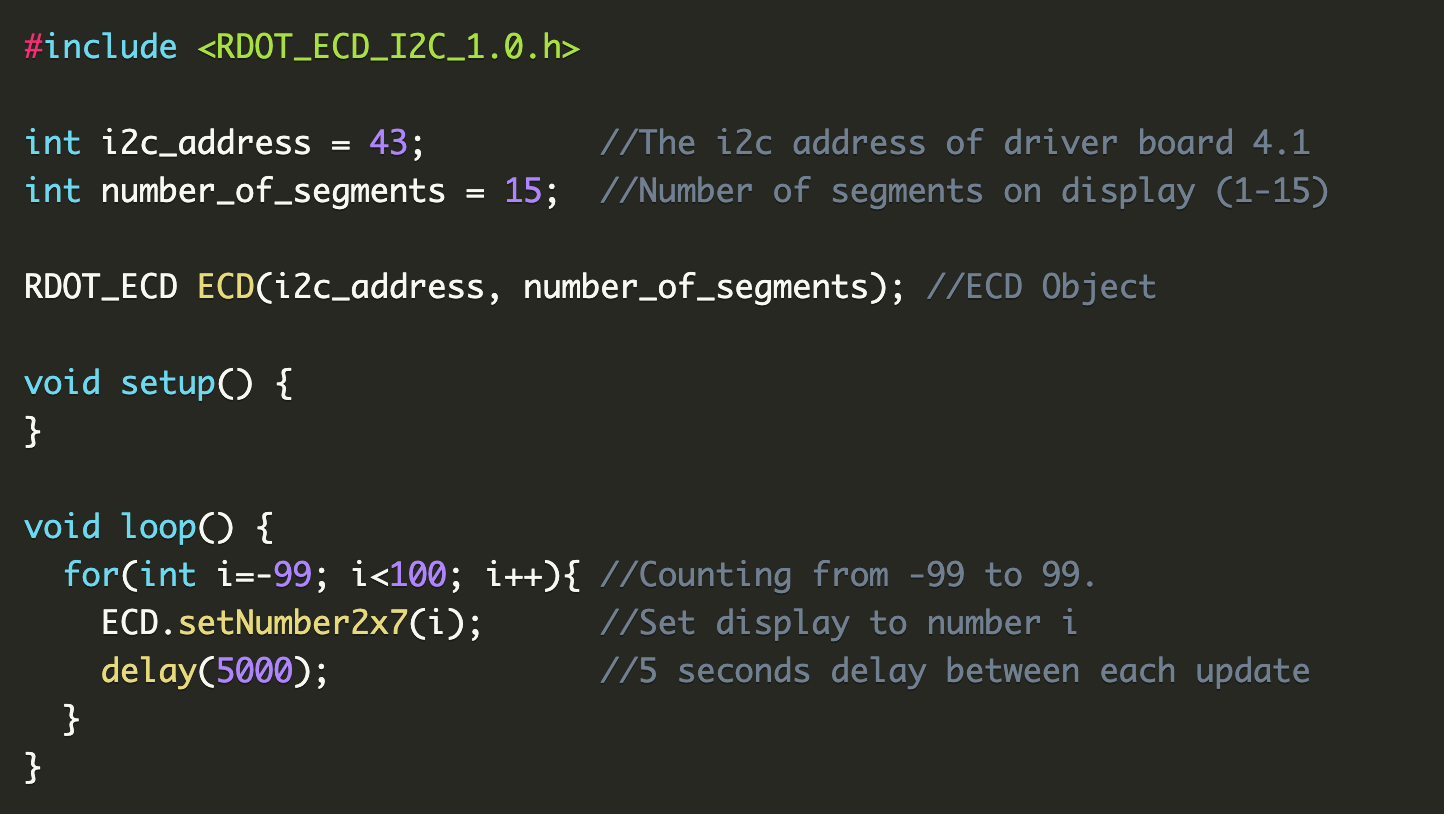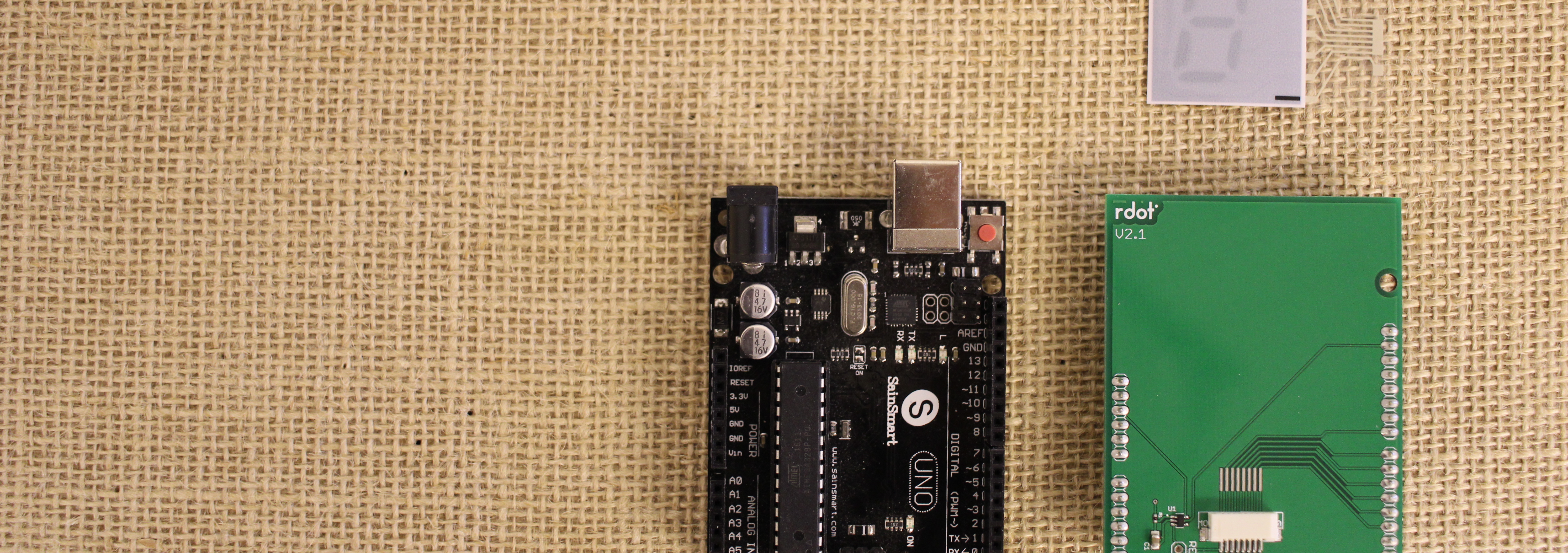Finding out which display type is the most efficient is quite simple. The modern market is dominated by three different display technologies: reflective, transflective and transmissive displays.

Each technology has its advantages and disadvantages, but when we look at display power efficiency, one is much more dominant. By taking a closer look at the different display technologies we can see what is the most energy efficient.
Reflective Displays
Reflective displays are becoming increasingly more popular, with good reason — they are much more energy efficient than transflective and transmissive display. This efficiency is made possible by the principle on which these displays work.

Underneath the screen, there is a reflective surface that provides light for the screen. The result is a bright image in broad daylight with minimum energy expenditure. The different types of this incredibly efficient display are as follows:
- Rdot Displays
- E Ink Displays
- Reflective LCD Displays
All these display types are extremely energy efficient. That being said, each display type performs best under different circumstances. In our other blog post about Rdot vs. E Ink, you can see that the most energy efficient display is Rdot. But, it is important to mention that this is only true under the circumstance that there is image updates between 4 and 600 times a day.
As reflective displays directly depend on external light sources, it is logical that they spend the least energy. They are the most energy efficient displays available today.
Transflective Displays
These displays function by combining two completely opposite technologies. They are both reflective and transmissive displays. Though this may sound like a perfect solution, it isn’t . While it is more energy efficient than a transmissive display, it performs worse in low-light situations. The transflective display is never going to be as bright as transmissive display in dark surroundings.
The advantage of the transflective display is that it performs much better in direct sunlight, which is when it is the most energy efficient.
Even though these are not the most energy efficient displays, they are still a better option than the transmissive ones. Let’s take a closer look at the transmissive technology.
Transmissive Displays
These displays are probably the most used ones. The majority of TVs and PC monitors rely on this type of display. Even though they are the complete opposite of the most energy efficient displays, they still have their advantages.

They are back-lit devices that offer the highest contrast and the best image quality of all the display technologies. This means that behind the screen, there is a light that illuminates it. The big downside is that to achieve this effect, these displays tend to consume a lot of energy. Furthermore, their performance is quite poor outside in the direct sunlight. Many companies are working hard on offering high-brightness every year, but this also drives the energy expenditure up.
The Most Energy Efficient Display - Concluding Thoughts
If you are looking for the most energy efficient display, reflective screens are the definite winners in this category. Besides the extreme energy efficiency, they come with additional benefits such as less eye strain, eco-friendliness, and physical flexibility. The Rdot Display is for the majority of applications the most energy efficient display, which is explained in more detail in a comparison of the energy consumption of the Rdot Display, E Ink displays, and Reflective LCDs.



